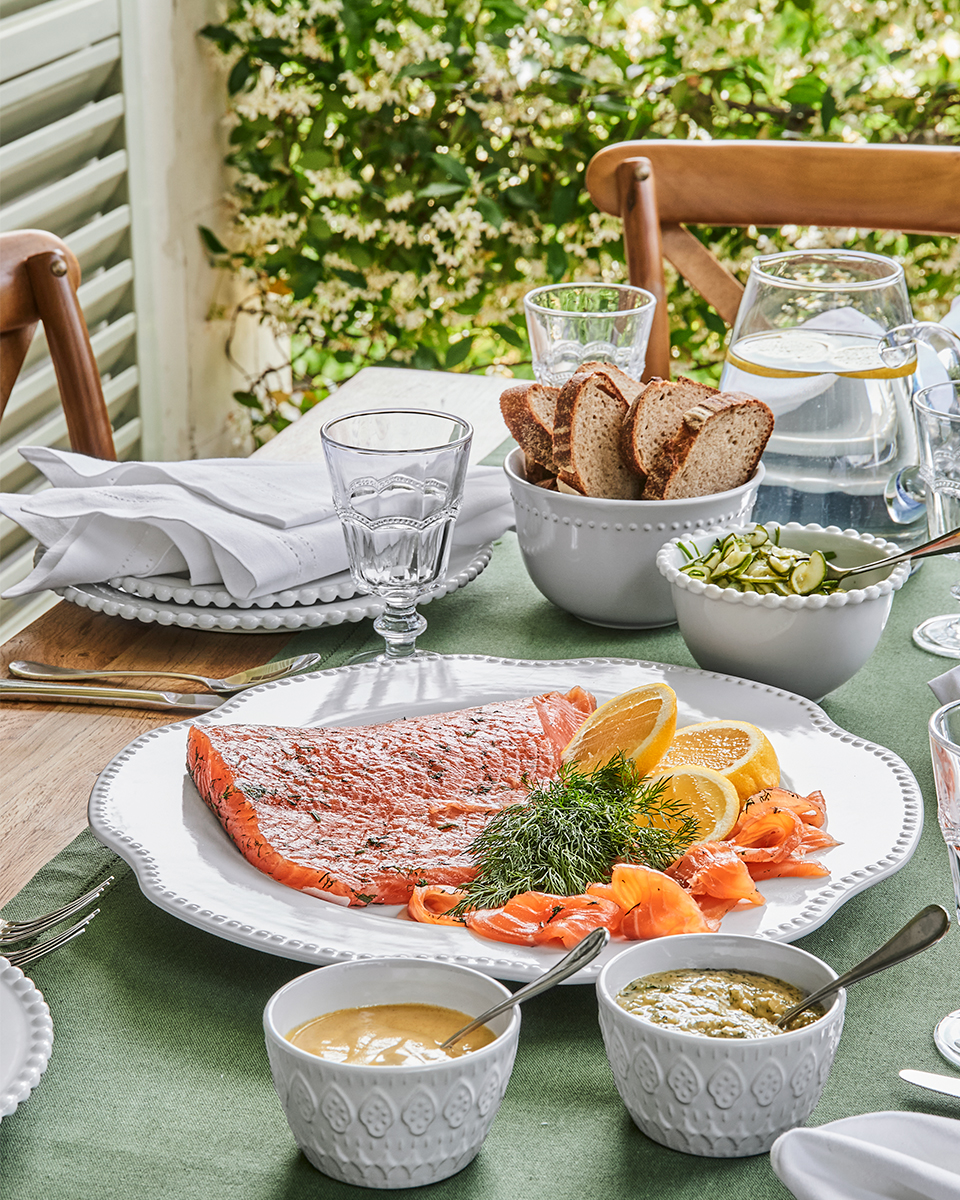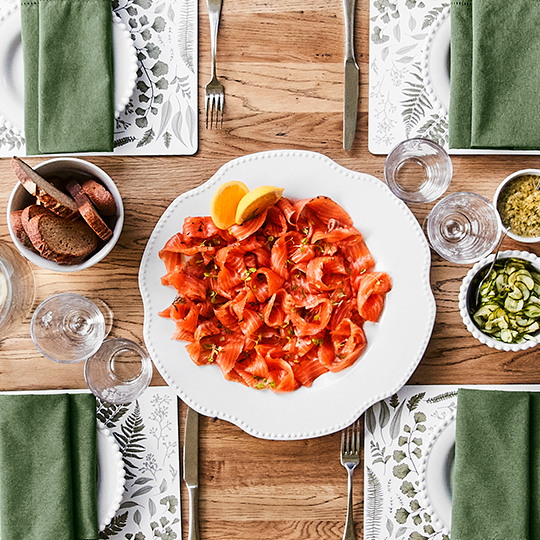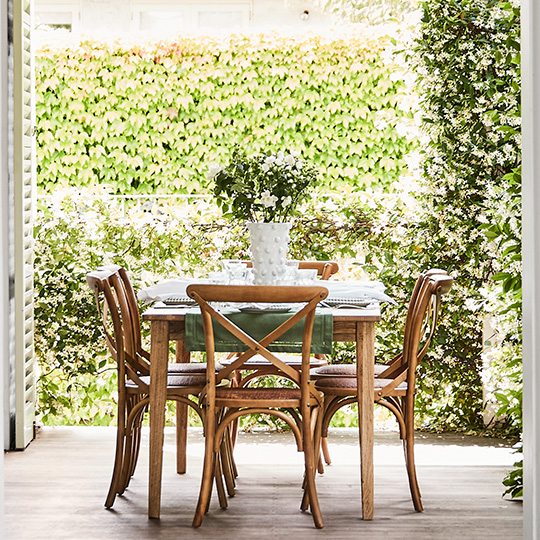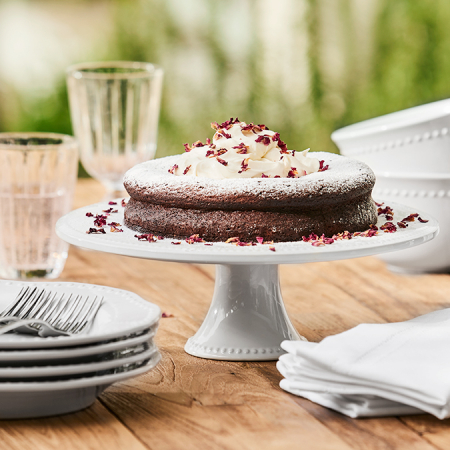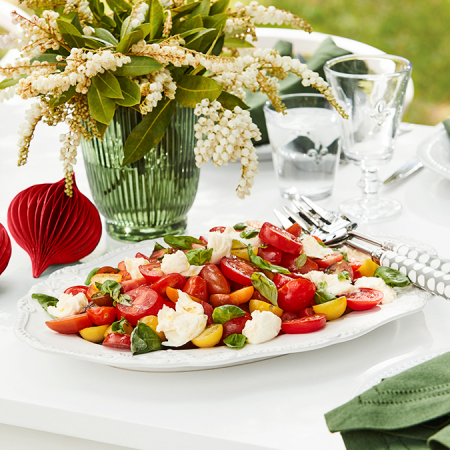Whatever inspiration you’re after…. a new recipe to wow the family, a little bit of help making the perfect bed, styling a sideboard, some lifestyle articles or what’s new at Provincial, our Journal will bring you stories to brighten your day.
Gravlax is a dish that requires minimum effort but has maximum impact. It's perfect for all occasions, be it fine dining or a casual meal, a snack or breakfast. Once you make it, it's sure to become your go-to dish for easy entertaining. It's so versatile that you can slice it and serve it in the middle of the table, plate it up for an entrée or a light lunch with a green salad. Additionally, it's perfect for serving with drinks on pumpernickel rounds or readily available blinis with some mustard sauce and a sprig of dill. If you have leftovers, serve it with scrambled eggs, extra dill and a slice of toast for a real treat.
Gravlax (or gravad lax) comes from Northern Sweden and dates back to the 14th century. The name comes from the Swedish word that means “to bury”, which is exactly what the Swedish fishermen used to do.
It was challenging for fishermen to sell all the salmon that was caught during a specific time of the year. To overcome this difficulty, they used to dig a large hole and line it with bark and moss. Then, they would put the fish and a considerable amount of salt in the hole and cover it to protect the fish from wild animals. When the waterways would freeze over, it was easier to transport the salmon to the market, so they could dig it up.
This recipe requires no beach close at hand and luckily, salt is no longer such an expensive commodity.
- SERVES10-14
- PREP2 Days
- CURING36-38 Hours
INGREDIENTS
-
2 x 500 gm pieces of skin on salmon fillet, cut from the centre of this fish (thicker part) and ask the fishmonger to pin-bone it for you.
-
250gm flaky sea salt
-
200 gm sugar
-
1 bunch of dill, roughly chopped (stems and all)
-
8 juniper berries -lightly crushed (optional)
-
¼ cup gin (optional)
METHOD
-
Pat the salmon dry with kitchen paper and run your hand over the salmon to check for any bones that have been missed. You can pull them out with tweezers. Set the salmon fillets aside.
-
Mix the salt, sugar, juniper berries and gin (if using).
-
Use a glass or ceramic dish with sides. Place 1/3 of the mixture in the dish, lay a piece of salmon, skin side down and then pack another 1/3 of the curing mixture over the flesh. Top with the second fillet, flesh side down and then the last 1/3 of the mixture. Cover the dish tightly with cling film.
-
Put a wooden board with some weights (you can use cans) on top of the fish and place it in the fridge – turning the fish over every 12 or so hours. The longer you leave it, the more cured it will become. The curing mixture will liquefy so use a dish that has sides. Drain your fish at least once, after about 12 hours. Remove the weights, peel back a corner, and drain it into the sink.
-
To serve – unwrap the fish and wipe off the salt mixture with kitchen paper. Thinly slice the gravlax at a 45-degree angle. Serve with mustard sauce, pickled cucumbers and sliced rye bread.
GIN CURED CUCUMBERS
Start the Gin Cured Cucumbers at least three days ahead. These cucumbers are a perfect accompaniment for the gravlax – this recipe makes a lot, so you could halve it but if you make a full batch - you’ll find a lot of other things to pair it with!
INGREDIENTS
-
1kg Lebanese cucumbers, thinly sliced into rounds (use a mandolin if you have one)
-
1 cup (250ml) white wine vinegar
-
¼ cup (55g) caster sugar
-
Peel of 1 lemon
-
1 tsp juniper berries, lightly crushed
-
1 cup (250ml) gin
METHOD
-
Place cucumber in a non-reactive bowl. Sprinkle over 1 tbs salt flakes, then mix with your hands to evenly disperse. Set aside for two hours or overnight to draw out any moisture. Strain and discard liquid.
-
To make the brine, combine vinegar, 1/2 cup (125ml) water, sugar and 11/2 tsp salt flakes in a saucepan over low heat. Stir to dissolve the sugar and salt and bring to a simmer. Turn off the heat, add the lemon peel and juniper berries, and set aside for 15-20 minutes, until the brine has cooled, and the flavours have infused. Once cool, add gin and stir well.
-
Gently pack cucumber into 4 x sterilised 300ml jars. Pour over the brine, making sure that the lemon and juniper berries are evenly dispersed between all four jars. Remove any air bubbles and seal. Chill for at least three days to pickle before consuming. Eat within two months.
HONEY, MUSTARD & DILL SAUCE
INGREDIENTS
-
4 tbsp Dijon mustard
-
1 tbsp honey
-
2 tbsp white wine vinegar or apple cider vinegar
-
6 tbsp extra virgin olive oil
-
2 tbsp chopped fresh dill
-
2 finely chopped shallots (optional)
METHOD
-
Combine the shallots, mustard, honey, and vinegar in a small bowl. Slowly whisk in the oil and stir in the chopped dill. Refrigerate until needed.
One of the other great things about Gravlax is that it can be stored for a long time in the refrigerator. You have two options - either serve it immediately or vacuum-seal it for storage. If you choose to store it, you can refrigerate it for up to three weeks or freeze it for up to two months. This way, you will always have some on hand. However, before serving, remember to thaw it for one day in the refrigerator.
There are many, many versions of gravlax with various flavours you can include or substitute – it’s come a long way over the years! Master this one and then move on to others such as beetroot-cured salmon, citrus-cured salmon and salmon cured with Asian flavours are just three that are popular and just as easy as this one.
Make it your go-to dish – everyone will thank you for it.



